Boost Your Conversions with Landing Page Optimisation
Welcome to the digital crossroads where art meets science, creativity fuses with data, and the human touch embraces technology. Welcome to the world of Landing Page Optimisation, where the game of conversions is won or lost.
Have you ever wondered why potential customers are visiting your website but not taking that all-important next step? You've got them to the door, but they're not quite crossing the threshold? The answer could lie in the power of your landing page.
This is the first impression, the welcome mat, the digital handshake that can either draw your visitors in or turn them away. In this bustling online marketplace, where competition is fierce and attention spans are fleeting, optimising your landing page isn't just a nice-to-have; it's an absolute must.
So, buckle up as we dive into the deep end of conversion science. Together, we'll explore the ins and outs of how you can turn your landing page from a mere digital billboard into a persuasive storyteller, a guide, and a conversion machine.
Ready to boost your conversions? Let's unlock the power of Landing Page Optimisation!
Table of Contents
Understanding Landing Page Optimisation
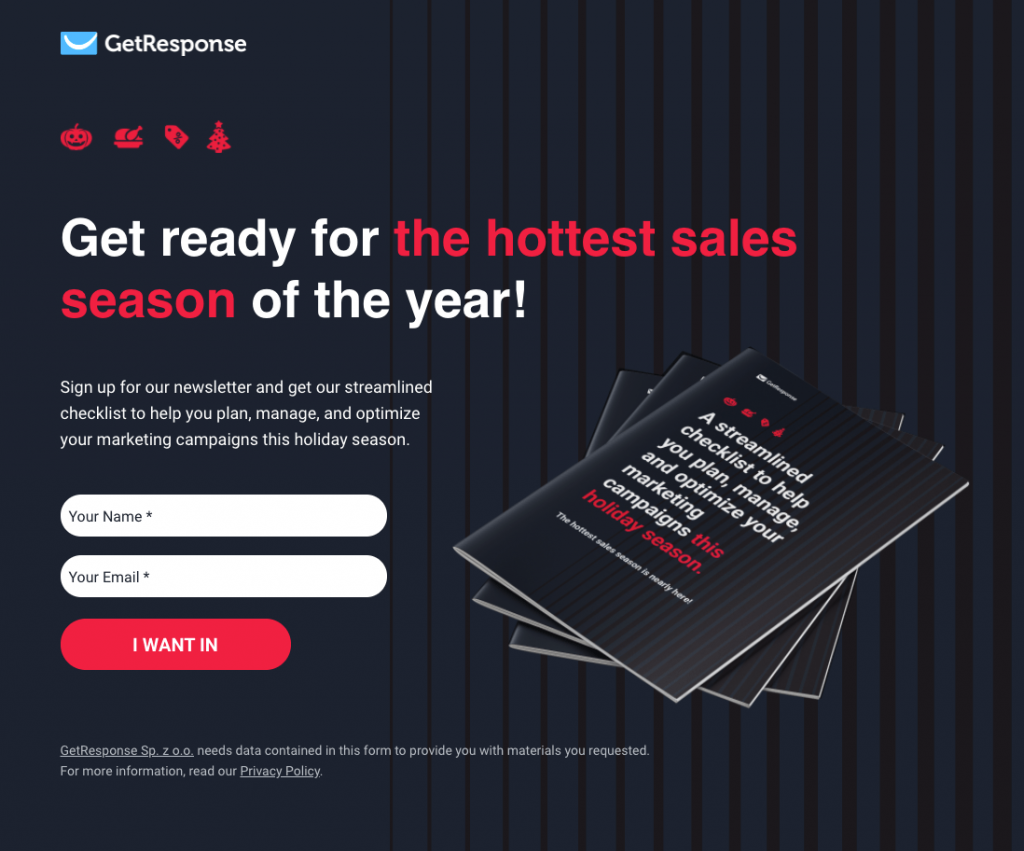
What is a Landing Page?
Picture this – you're at a party and see someone from across the room who catches your interest. You walk over, introduce yourself, and they give you a warm smile, right? Now, that person is like your landing page in the digital world. They're the first impression, the “hello,” the hand outstretched for a handshake.
Simply put, a landing page is a standalone web page, distinct from your main website, created specifically for a marketing or advertising campaign. It's where a visitor ‘lands' after they click on a link in an email or ads from Google, Bing, YouTube, Facebook, Instagram, Twitter, or similar places on the web.
Unlike general web pages, which usually have many goals and encourage exploration, landing pages are designed with a single focus or purpose, known as a call to action (or CTA, for short). This focus could be anything from signing up for a newsletter, purchasing, registering for a webinar, downloading a free ebook, etc.
The beauty of a landing page lies in its simplicity and specificity. By stripping away the usual navigational chaos, a well-designed landing page highlights one specific offer, guiding your visitor towards your intended conversion goal like a friendly digital concierge.
In short, landing pages are your secret weapon for converting casual browsers into invested customers. They're the first ‘hello' in what you hope will be a long and fruitful conversation. Now, isn't that a party worth attending?
The Importance of Landing Page Optimisation
Landing page optimisation is the process of refining and improving your landing page to maximise its effectiveness in achieving your conversion goals. Optimising your landing page can enhance user experience, increase engagement, and boost conversion rates. According to a study by HubSpot, companies with 10-15 landing pages see a 55% increase in leads, highlighting the significance of optimisation.
Key Elements of a High-Converting Landing Page
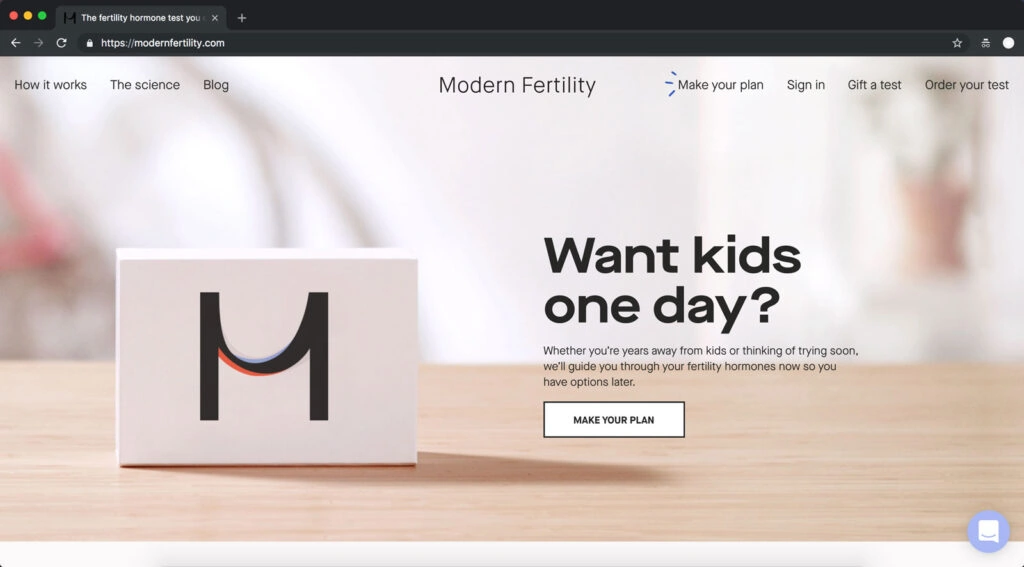
Compelling Headlines and Subheadings
When someone arrives on your webpage, the first thing that catches their eye is the headline. It's like the front door to your online world, inviting them to step inside and explore further. That's why creating a headline that grabs their attention and succinctly conveys the value of what you're offering is crucial.
Think of your headline as a powerful magnet, pulling visitors in and making them want to stick around. It must be compelling and captivating, instantly capturing their interest and making them eager to learn more. Whether it's a catchy phrase, a thought-provoking question, or a bold statement, the headline should leave no doubt in their minds that your page has something valuable to offer.
But remember, it's not just about the headline. It would help if you ensured your page's content was easy to navigate and digest. People have a limited attention span, so you want to guide them through the information in a way that keeps them engaged.
One effective technique is to use subheadings throughout your content. These serve as signposts, breaking the text into smaller, more manageable sections. Not only does this make the page appear less overwhelming, but it also helps visitors quickly scan and find the information they're most interested in.
Subheadings should be compelling in their own right, enticing readers to delve deeper into each section. They can provide a sneak peek of what's to come or highlight your offer's key benefits and features. By strategically placing subheadings, you can create a smooth flow that guides visitors from one point to the next, ensuring they absorb the essential aspects of your message.
So, when crafting your webpage, consider the power of a captivating headline and engaging subheadings. They work together to captivate your audience, communicate the value of your offer, and ensure that visitors are hooked from the moment they arrive. Remember, the headline is your front door, and the subheadings are your friendly guides, leading visitors on an exciting journey through your content.
Persuasive Copywriting
Crafting persuasive copy is crucial for capturing visitors' attention and convincing them to take action. Let's face it; in this fast-paced digital world, you must stand out and make a compelling case for why people should choose you over all the other options. And that's where persuasive copywriting comes in.
So, what's the secret sauce to writing persuasive copy that works? One key ingredient is to shift your focus from just listing features to highlighting the benefits your product or service can bring. People are more interested in how something can improve their lives or solve their problems rather than just knowing what it does. By tapping into their desires, needs, and aspirations, you can create a powerful connection that makes them think, “Wow, this is exactly what I need!”
Another important aspect of persuasive copy is using customer-centric language. Instead of bombarding your visitors with jargon or technical terms, speak their language. Understand their pain points, desires, and dreams, and use words and phrases that resonate with them. This helps create a sense of empathy and understanding, making your copy relatable and engaging.
But wait, there's more! To build trust and credibility, it's crucial to incorporate social proof and testimonials into your copy. People want to know that others have had a positive experience with your product or service before they feel comfortable making a decision. So, showcase glowing reviews, testimonials, and case studies that highlight the positive outcomes your customers have achieved. This provides reassurance and shows you have a track record of delivering on your promises.
Remember, persuasive copy is about creating a compelling narrative that captivates and convinces your audience to act. By focusing on the benefits, using customer-centric language, and leveraging social proof, you'll be well on your way to crafting persuasive copy that converts visitors into loyal customers.
Captivating Visuals

You know, we humans are fascinating creatures. We're naturally drawn to visuals, and that's something you can leverage to make your landing page genuinely captivating. When it comes to engaging your users, incorporating eye-catching visuals is critical. Trust me; it can make a world of difference.
Imagine this: you stumble upon a website, and the first thing that catches your eye is a stunning image that perfectly captures the essence of what they're offering. Or it's a captivating video that instantly grabs your attention and tells a compelling story. It's hard to resist, right? Well, that's the power of visuals.
Whether it's high-quality images, videos, or graphics, incorporating relevant visuals can work wonders for your landing page. They enhance the aesthetic appeal and support your message, making it more impactful and memorable. Imagine a bland, text-heavy page versus one sprinkled with captivating visuals that speak directly to your audience's desires and interests. Which one would they choose to stick around on?
Now, here's a pro tip: speed matters. You don't want your users waiting forever for your visuals to load. In today's fast-paced world, people have short attention spans and high expectations for quick and seamless experiences. So, make sure your visuals are optimised for fast loading times. When your images, videos, or graphics load swiftly, it prevents those dreaded bounce rates from skyrocketing. Nobody wants to wait around for a slow-loading page, right?
To achieve this optimisation, there are a few things you can do. First, make sure to compress your images and videos without sacrificing their quality. Various tools and software can help you strike the right balance between size and visual appeal. Additionally, consider using lazy loading techniques, prioritising loading visible content and deferring loading off-screen visuals until the user scrolls to them. These strategies will help ensure your landing page loads quickly and keep your visitors engaged.
Clear and Actionable Call-to-Action (CTA)
First things first, visual appeal is crucial. Your CTA should stand out like a beacon amidst the sea of content on your page. Use eye-catching colours that grab attention and make it impossible to miss. Think about it: a dull, unremarkable button versus a vibrant, attention-grabbing one – which one would you be more likely to click? Exactly! So, don't be afraid to play with different colours that resonate with your brand and draw the eye.
But it's not just about the looks. The language you use in your CTA is equally essential. Be persuasive, my friend! Use compelling words and phrases that inspire action. Instead of a generic “Click here,” spice it up with something more enticing like “Get started on your journey to success” or “Unlock exclusive benefits now.” Make it irresistible for your visitors to resist clicking that button.
And remember, clarity is critical. Your CTA should leave no room for confusion. State the action you want your visitors to take in clear and concise terms. If you want them to sign up for your newsletter, say it clearly: “Subscribe to our newsletter for the latest updates.” If you want them to make a purchase, be direct: “Buy now and enjoy 50% off!” You guide your visitors towards the desired action by leaving no room for ambiguity.
Now, here's where the fun begins: testing. Feel free to experiment with different button colours, sizes, and placements to find the winning combination that resonates best with your audience. A red button might work wonders for one group, while a green button might perform better for another. Try different sizes and placements, too – above the fold, below the content, or even floating in the corner. Testing allows you to gather valuable insights and optimise your CTA for maximum impact.
Trust Indicators and Social Proof
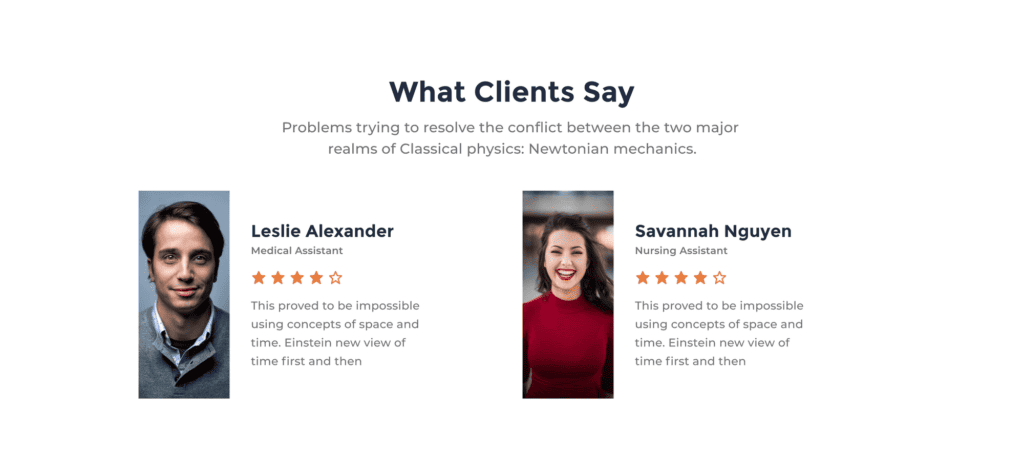
Building trust with your audience is vital when it comes to boosting conversions. You want your visitors to feel confident and comfortable enough to take that next step and convert into customers. So, how can you achieve this trust? Well, there are several effective strategies you can implement.
One powerful way to establish trust is by incorporating indicators throughout your website. These indicators serve as a signal to visitors that your business is credible and reliable. One popular trust indicator is customer testimonials. Sharing positive feedback and experiences from satisfied customers helps potential buyers see that others have had a positive experience with your products or services. It provides social proof that can sway hesitant visitors in the right direction.
Another effective trust indicator is ratings and reviews. Displaying genuine ratings and reviews from verified customers demonstrates transparency and authenticity. It allows potential customers to gauge the quality of your offerings based on the experiences of others. Positive ratings and glowing reviews can go a long way in instilling confidence and reducing hesitations.
Security badges are also crucial in building trust, especially for online transactions. Customers must feel that their personal and financial information is safe when interacting with your website. Prominently displaying security badges, such as SSL certificates or trusted payment gateway logos, reassure visitors that their data is protected. This can alleviate any concerns about online security and encourage them to proceed with their purchase.
Finally, recognisable brand logos play a significant role in establishing trust. If you have partnerships or affiliations with well-known brands, prominently displaying their logos can positively influence how visitors perceive your business. Recognisable symbols associate with established and reputable companies, transferring some of their credibility to your brand.
By incorporating these trust indicators, you create a trustworthy environment that reduces hesitations and increases the likelihood of conversions.
Mobile Responsiveness
In today's ever-evolving digital landscape, where mobile devices have become an integral part of our lives, it is crucial to prioritise the development of a mobile-responsive landing page. Recent studies, including one conducted by Google, have revealed that 61% of users are unlikely to revisit a mobile site if they encounter difficulties accessing it. This statistic underscores the significance of delivering a seamless and user-friendly mobile experience.
To achieve an optimal mobile experience, optimising your landing page for different screen sizes and thoroughly testing its responsiveness across a wide range of devices is imperative. This proactive approach ensures that your content is accessible and visually appealing, regardless of whether users browse on smartphones, tablets, or other mobile gadgets.
Consider implementing responsive design techniques when optimising your landing page for various screen sizes. Responsive design enables your page to adapt and adjust its layout dynamically, presenting content in an optimal format based on the device used. By employing flexible grids, fluid images, and media queries, you can create a visually appealing and cohesive user interface that seamlessly accommodates different screen sizes.
Furthermore, thorough testing across multiple devices is crucial to identify and rectify potential issues hindering the user experience. As mobile technology advances, new devices with varying screen sizes, resolutions, and functionalities emerge. Conducting comprehensive testing allows you to verify that your landing page performs optimally on the latest smartphones, tablets, and even wearable devices.
In addition to ensuring technical compatibility, paying attention to mobile device user experience is vital. Consider factors such as page load times, ease of navigation, and content readability on smaller screens. Streamlining the loading speed of your landing page will prevent users from becoming frustrated and abandoning your site. Prioritise concise and clear navigation to facilitate easy browsing, and optimise your content to be easily readable on smaller screens using legible fonts and appropriate font sizes.
You can establish a strong connection with your mobile audience by proactively approaching mobile responsiveness and continuously refining the user experience. A mobile-responsive landing page improves user satisfaction, enhances your brand's credibility, and increases the likelihood of conversions. Embrace our mobile-driven world, and make mobile optimisation an integral part of your digital strategy.
A/B Testing and Data-Driven Optimisation

The Power of A/B Testing
A/B testing involves creating multiple versions of your landing page and testing them against each other to identify which variation performs better. It allows you to make data-driven decisions and continuously optimise your page for higher conversions. Tools like Google Optimize or Optimizely can streamline the A/B testing process, allowing you to easily create variations of your landing page, set up experiments, and track the performance of each version.
Choosing Elements to Test
When conducting A/B tests, it's essential to focus on specific elements of your landing page that can significantly impact conversions. These elements may include headlines, copy, CTA buttons, imagery, form fields, or overall layout. Start by identifying the areas that you believe have the most potential for improvement or those that are underperforming based on your current data.
Setting Up A/B Tests
To set up an A/B test, you must create two or more versions of your landing page, each with a single variable you want to test. For example, if you're trying headlines, you could create one variation with a different headline and keep the rest of the page the same. It's vital to ensure that only one element is changed at a time to accurately measure its impact on conversions.
Analysing and Interpreting Results
Once your A/B test runs, monitor the results and collect sufficient data to draw meaningful conclusions. Analyse key metrics such as click-through rates (CTRs), conversion, and bounce rates for each variation. Keep in mind that statistical significance is crucial for reliable results. Tools like Google Analytics or A/B testing platforms provide statistical calculations to determine if the observed differences are statistically significant or due to random chance.
Implementing Successful Changes
After identifying the winning variation based on the test results, implement the changes on your live landing page. Document your findings and learnings from each test to inform future optimisation efforts. The optimisation is an ongoing process; regularly testing and refining your landing pages will ensure you're constantly improving your conversion rates.
Optimising for SEO and PPC
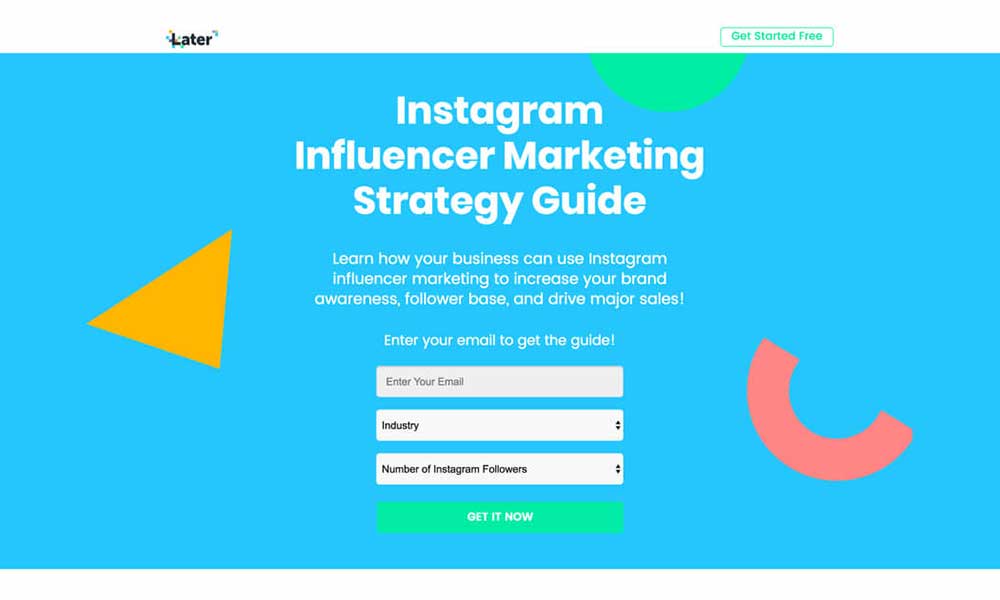
Keyword Research for Landing Pages
When optimising your landing page for search engines, keyword research is critical. Identify relevant keywords and incorporate them naturally into your headline, copy, meta tags, and URL structure. This will help search engines understand the context of your page and improve its visibility in search results.
Quality Score and Landing Page Experience
If you're running pay-per-click (PPC) campaigns, optimising your landing page is crucial for improving your Quality Score. Search engines like Google consider landing page experience when determining ad rankings and costs. Ensure your landing page aligns with your ad's messaging, has relevant content, and provides a seamless user experience to boost your Quality Score and lower your ad costs.
Page Load Speed Optimisation
Page load speed is a critical factor for both SEO and user experience. Research shows that 53% of mobile users abandon a site that takes longer than three seconds to load. Optimise your landing page's load speed by compressing images, minifying CSS and JavaScript files, leveraging browser caching, and using a reliable hosting provider.
Optimising Meta Tags and Snippets
Meta tags and snippets preview your landing page in search engine results. Craft compelling meta titles and descriptions with relevant keywords and entice users to click through to your page. Use structured data markup to enhance the visibility of rich snippets, such as star ratings, reviews, or product information.
Monitoring and Analysing Landing Page Performance
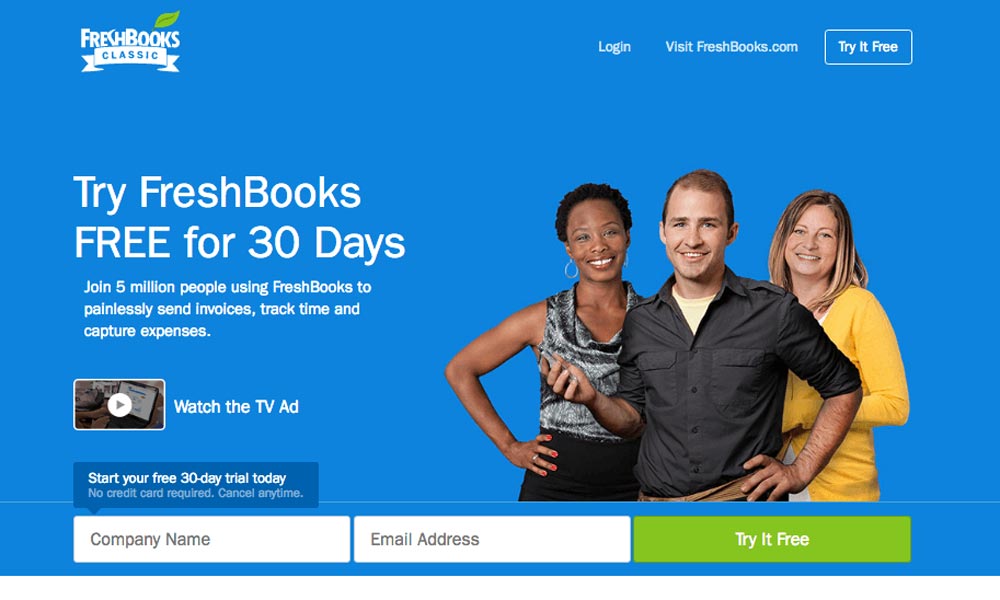
Tracking Conversion Metrics
Tracking and analysing relevant conversion metrics is essential to evaluate the success of your landing page optimisation efforts. Key metrics to monitor include:
- Conversion rates.
- Click-through rates.
- Bounce rates.
- Average time on page.
- The number of form submissions or purchases.
Use tools like Google Analytics or marketing automation platforms to gain valuable insights into user behaviour and conversion funnels.
Heatmaps and User Behaviour Analysis
Heatmap tools, such as Crazy Egg or Hotjar, visually represent user behaviour on your landing page. They help you understand where users are clicking, how far they scroll, and which sections of your page attract the most attention. Heatmaps can uncover valuable insights that inform optimisation decisions, such as adjusting the placement of essential elements or identifying areas that require more engaging content.
User Feedback and Surveys
In addition to quantitative data, gathering qualitative feedback from users can provide deeper insights into their motivations and pain points. Implement feedback mechanisms such as on-page surveys, exit-intent pop-ups, or user testing sessions to gather valuable feedback. This information can help you identify areas of improvement and make data-driven decisions to enhance the user experience.
Continuous Optimisation and Iteration
Landing page optimisation is an iterative process that requires ongoing monitoring and refinement. Regularly review your landing page performance, analyse data, and identify areas that can be further improved. By continuously testing, tweaking, and optimising your landing page based on data-driven insights, you can achieve higher conversion rates and maximise the effectiveness of your marketing campaigns.
Conclusion
Congratulations! You've now reached the end of this comprehensive guide on landing page optimisation. We've covered the fundamental elements of a high-converting landing page, explored the power of A/B testing and data-driven optimisation, discussed SEO and PPC optimisation strategies, and highlighted the importance of monitoring and analysing performance metrics.
Remember, landing page optimisation is an ongoing process. Continuously test, analyse, and refine your landing pages to ensure they consistently deliver outstanding results. By implementing the strategies and best practices outlined in this guide, you'll be well-equipped to create landing pages that captivate visitors, drive conversions, and propel your business to new heights.
Now it's time to put your knowledge into action. Start optimising your landing pages and watch your conversion rates soar!

Awesome tips on landing page optimisation. Thanks for mentioning heatmap tools – might give this a try as well!